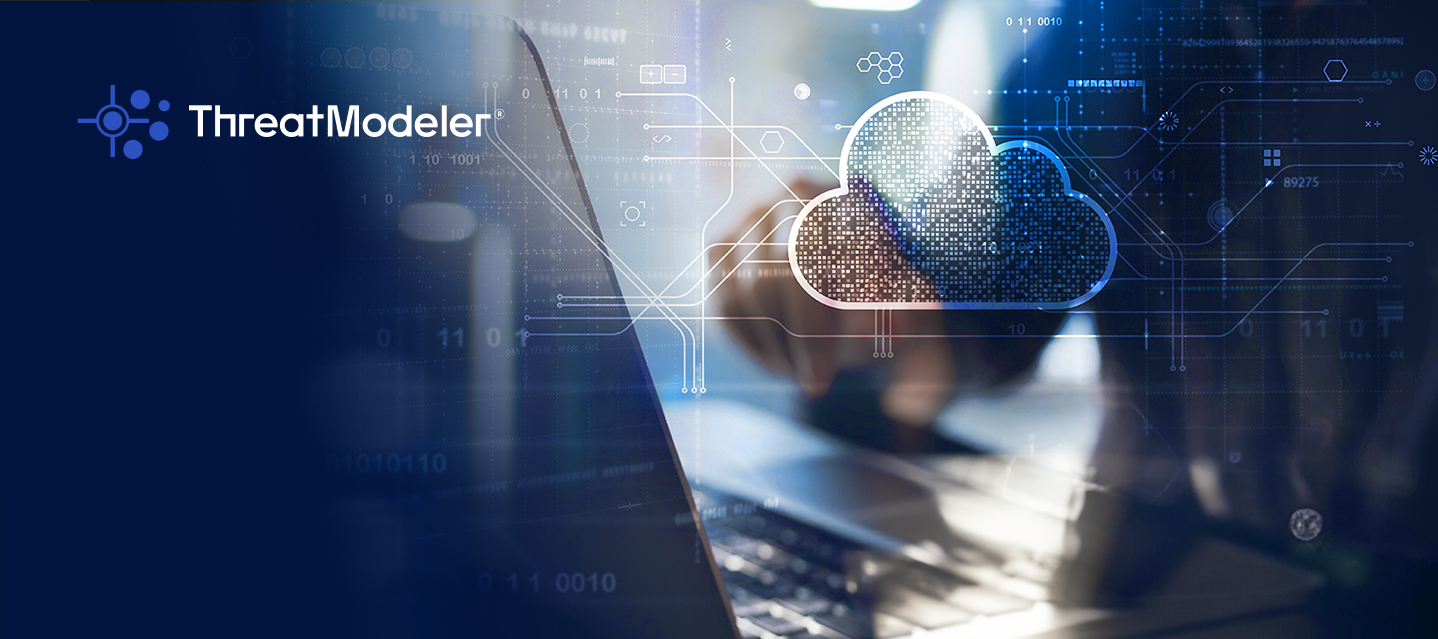Introduction
In the fast-paced digital era, businesses are continuously evaluating the pros and cons of migrating their applications from traditional on-premises hosting to cloud-based solutions. While the cloud offers numerous advantages, especially in terms of scalability and flexibility, it also raises security concerns. This article explores the advantages and disadvantages of moving applications from local hosting to the cloud from a security standpoint. We'll also delve into how threat modeling can be employed to mitigate potential security risks associated with cloud migration.
Advantages of Cloud Hosting
Scalability and Flexibility:
- Advantage: Cloud platforms allow businesses to easily scale their resources up or down based on demand. This flexibility ensures optimal performance without over-provisioning resources.
- Security Perspective: Properly configured, cloud services ensure that security scales with the resources, reducing the risk of overexposure.
Cost-Efficiency:
- Advantage: Cloud services often follow a pay-as-you-go model, which can significantly reduce infrastructure and maintenance costs.
- Security Perspective: Cost savings can be redirected to robust security measures, enhancing overall security posture.
Disaster Recovery and Redundancy:
- Advantage: Cloud providers offer geographically redundant data centers and automated backup solutions, ensuring data availability despite natural disasters.
- Security Perspective: Cloud redundancy enhances data integrity and reliability, crucial for disaster recovery strategies.
Compliance and Security Tools:
- Advantage: Cloud providers invest heavily in compliance certifications and security tools, helping businesses adhere to regulatory requirements.
- Security Perspective: Utilizing built-in security tools and following provider recommendations enhances the overall security posture.
Disadvantages of Cloud Hosting
Data Privacy and Compliance Concerns:
- Disadvantage: Storing sensitive data in the cloud raises concerns about data privacy and compliance with industry regulations.
- Security Perspective: Implementing robust encryption and access controls helps address data privacy concerns and ensures compliance.
Vendor Dependency:
Disadvantage: Relying on a cloud vendor can create dependency issues, making migrating away from the platform challenging.
Security Perspective: Contractual agreements should include exit strategies and data transfer protocols to mitigate vendor dependency risks.
Security Configuration Errors:
Disadvantage: Misconfigured security settings can lead to data exposure or unauthorized access.
Security Perspective: Regular audits, automated tools, and continuous training can help prevent and detect misconfigurations.
Downtime and Connectivity:
Disadvantage: Cloud outages or connectivity issues can disrupt services, impacting business operations.
Security Perspective: Implementing multi-region redundancy and failover systems can mitigate downtime risks.
Mitigating Risks with Threat Modeling
What is Threat Modeling?
Threat modeling is a structured approach for identifying and mitigating security risks. It involves evaluating an application's architecture and design to identify potential vulnerabilities and threats, allowing proactive security measures to be implemented.
Applying Threat Modeling in Cloud Migration:
Identify Assets and Dependencies:
- List all assets (data, applications, configurations) and their dependencies within the cloud environment.
- Outcome: Understanding the ecosystem helps identify potential points of vulnerability.
Identify Threats:
- Identify potential threats, such as data breaches, DDoS attacks, or unauthorized access.
- Outcome: Awareness of threats enables prioritization and focused security measures.
Vulnerability Assessment:
- Identify vulnerabilities in the cloud infrastructure, applications, and configurations.
- Outcome: Pinpointing vulnerabilities allows for targeted remediation efforts.
Risk Assessment and Mitigation:
- Assess the risks associated with identified threats and vulnerabilities.
- Develop and implement mitigation strategies, like encryption, access controls, and intrusion detection systems.
- Outcome: Proactive measures reduce the likelihood and impact of security incidents.
Regular Review and Update:
- Continuously review the threat model as the application evolves.
- Update security measures to address emerging threats and vulnerabilities.
- Outcome: Ongoing protection against evolving security risks.
Conclusion
Migrating applications from local hosting to the cloud offers numerous advantages, including scalability, cost-efficiency, and enhanced disaster recovery. However, it also introduces challenges related to data privacy, vendor dependency, and potential configuration errors. Employing threat modeling techniques allows businesses to proactively identify, assess, and mitigate security risks associated with cloud migration. By understanding the specific security concerns and implementing appropriate measures, organizations can leverage the benefits of the cloud while maintaining a robust and resilient security posture.




